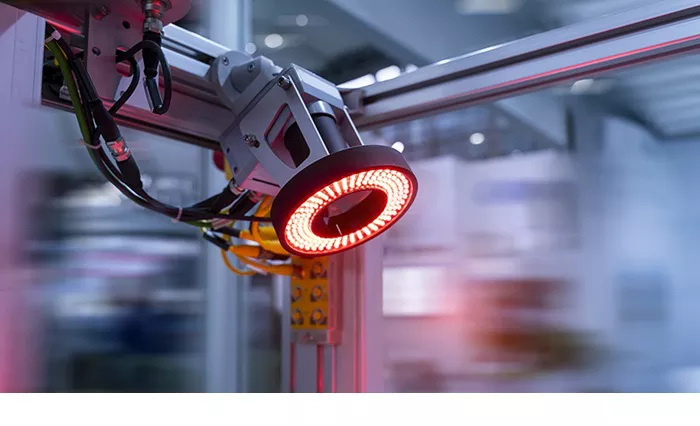Automated manufacturing has undergone a dramatic shift with the widespread adoption of machine vision technology. Where older assembly lines relied on manual positioning and mechanical guides to align parts, modern systems now use cameras to track, inspect, and precisely place components. This advancement has drastically reduced errors, improved efficiency, and eliminated the need for costly hardware adjustments when switching between products.
How Machine Vision Enhances Precision and Efficiency
At the core of machine vision are high-resolution 2D and 3D cameras that scan parts in real time, feeding data to robotic arms and assembly machines. Unlike traditional methods, which often required manual fixturing, machine vision ensures accurate placement by instantly calculating a part’s exact position. The technology also performs quality checks, flagging defects before they progress further in production—minimizing waste and costly recalls.
2D vs. 3D: Choosing the Right Vision System
While both 2D and 3D machine vision improve automation, each serves distinct purposes. 2D systems, being faster and more cost-effective, excel at reading barcodes, QR codes, and identifying simple part geometries. Some manufacturers even combine multiple 2D angles to simulate 3D imaging. Meanwhile, 3D cameras capture depth data (Z-axis coordinates), making them indispensable for handling irregularly shaped or highly complex components.
Reducing Costs and Boosting Flexibility
One of machine vision’s biggest advantages is its adaptability. Manufacturers no longer need extensive retooling when introducing new products—cameras and software can be reprogrammed instead. This flexibility slashes startup costs and accelerates prototyping. Additionally, the technology’s consistency reduces human error, ensuring higher-quality outputs and fewer customer returns.
The Future of Smart Manufacturing
As machine vision becomes standard in automated systems, innovations like infrared filtering further refine its accuracy. Companies like Wauseon Machine have already integrated advanced solutions to counteract environmental interference, such as ambient light disruptions. With continued advancements, machine vision is poised to redefine manufacturing efficiency, making manual alignment a relic of the past.
Related Topics:

